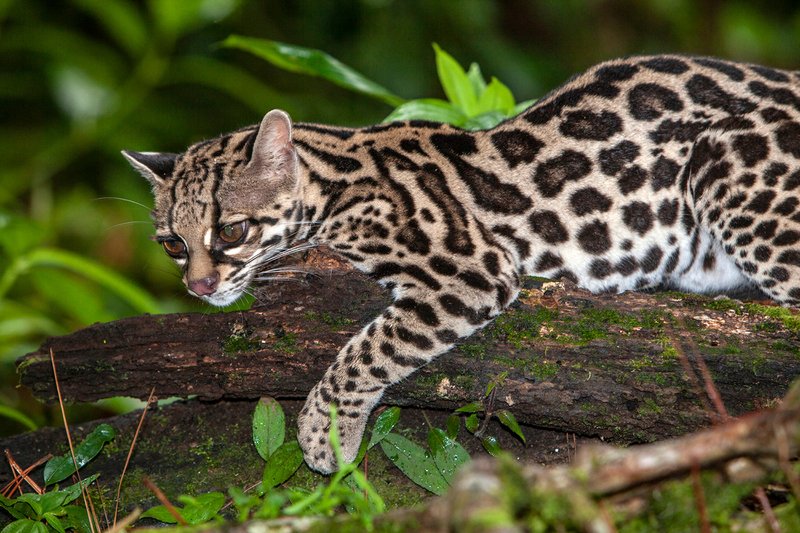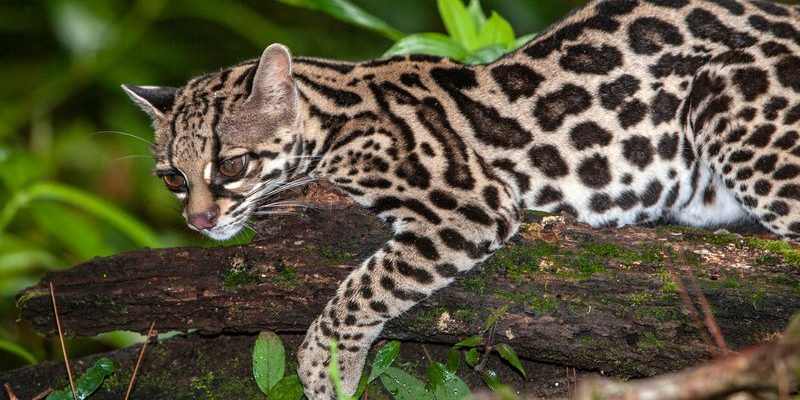
Let me explain a bit about what makes jungle cats special. They are not just your everyday felines. These creatures have adapted over generations to withstand the elements, find food, and protect themselves from predators. Whether it’s the dense forests of Southeast Asia or the arid regions near the jungle, jungle cats have some tricks up their sleeves. So, how exactly do they do it? Let’s dive into the fascinating world of these resilient animals and see how they manage to survive.
Understanding Their Habitat
To appreciate how jungle cats survive, it’s essential to understand their habitat. Jungle cats primarily inhabit grasslands, shrubs, and forest edges. These environments can change dramatically with the seasons, leading to both challenges and opportunities. For instance, in the dry season, water can become scarce, making it tough for many animals to find hydration.
In contrast, during heavy rains, the landscape can become flooded, making it difficult for jungle cats to hunt. They are flexible creatures, moving between different areas to find food and shelter. Think of them as nature’s adventurers, always on the lookout for the best spots to thrive.
One of the unique features of their habitat is the biodiversity. Jungle cats live alongside various animals, from small rodents to larger predators. This rich ecosystem means they have various food sources, but it also means they face competition. Their ability to adapt and find food in a bustling environment sets them apart.
Adaptations for Hunting
Hunting is where jungle cats shine. They have developed several adaptations that make them skilled hunters. For example, their keen eyesight allows them to see well in low light, which is crucial for hunting at dawn or dusk when many animals are active. Imagine being able to see in the dark—that’s a superpower in the wild!
Their sharp retractable claws and powerful muscles enable them to pounce effectively on prey. They often stalk their target quietly, using the dense foliage as cover. This stealthy approach helps them get close enough to take their strike. Honestly, it’s like being a ninja in the jungle—highly skilled and incredibly focused.
Moreover, jungle cats are opportunistic feeders. They don’t just go after one type of prey; instead, they’ll eat whatever is available, including birds, rodents, lizards, and even insects. This flexibility allows them to survive in various conditions. If one food source is scarce, they can shift to another, making them resourceful survivors.
Water Conservation Techniques
Water is life, especially for jungle cats living in arid regions or during dry seasons. These cats have adapted remarkable techniques to conserve water. For starters, they get moisture not only from drinking but also from their food. When they consume prey, they absorb the water content, which helps keep them hydrated.
During the hottest parts of the day, jungle cats often rest in the shade to avoid losing moisture through sweat. Their bodies have also adapted to handle dehydration better than many other animals. If they go without water for a while, their bodies can slow down their metabolism, conserving energy and resources until they find a water source.
This adaptability is like a built-in survival kit. It allows them to thrive in an environment where water can be unpredictable. By maximizing every drop, jungle cats show us just how resourceful they can be.
Social Behavior and Territory
Jungle cats are generally solitary animals. However, they do have a social structure when it comes to territory. Each cat claims its area, marking it with scent to signal to others. This behavior helps reduce conflicts over resources, especially when food might be scarce. Think of it as establishing a personal boundary in their bustling neighborhood.
While they typically prefer to be alone, males and females come together during mating season. After that, the mother takes on the responsibility of raising her cubs independently. This approach ensures that the young stay protected until they can fend for themselves.
Interestingly, jungle cats are known for their vocalizations. From growls to yowls, these sounds play a role in communication, especially when it comes to attracting mates or warning others off their territory. It’s a fascinating layer of their social dynamics that helps them thrive in an often competitive environment.
Threats and Challenges
Despite their incredible adaptations, jungle cats face numerous threats. Habitat loss due to deforestation and urbanization is a significant challenge. As humans expand into their territories, these cats find it harder to hunt and reproduce. It’s like trying to find a nice coffee shop in a bustling city—sometimes, the good spots disappear!
Additionally, they face dangers from larger predators and poaching. In some areas, they’re hunted for their fur or because they’re seen as competition for livestock. These factors can seriously impact their populations, making survival even more challenging.
Conservation efforts are crucial to ensure that jungle cats can continue to thrive. Protecting their habitats and raising awareness about the importance of biodiversity can help. By creating safe spaces for these remarkable animals, we ensure they have a fighting chance against the many challenges they face.
Jungle cats are a testament to resilience in the wild. From their clever hunting techniques to their ability to adapt to drying environments, these creatures have developed impressive skills to survive harsh conditions. They remind us that nature is incredibly resourceful, finding ways to thrive even when the odds seem stacked against them.
As we learn more about jungle cats, understanding their challenges helps us appreciate the delicate balance of their ecosystems. By supporting conservation efforts and recognizing the importance of these animals, we can play a part in ensuring their future. It’s not just about saving a species; it’s about preserving the intricate web of life that connects us all. So, next time you think of a jungle cat, remember the incredible journey they undertake to survive in their ever-changing world.

